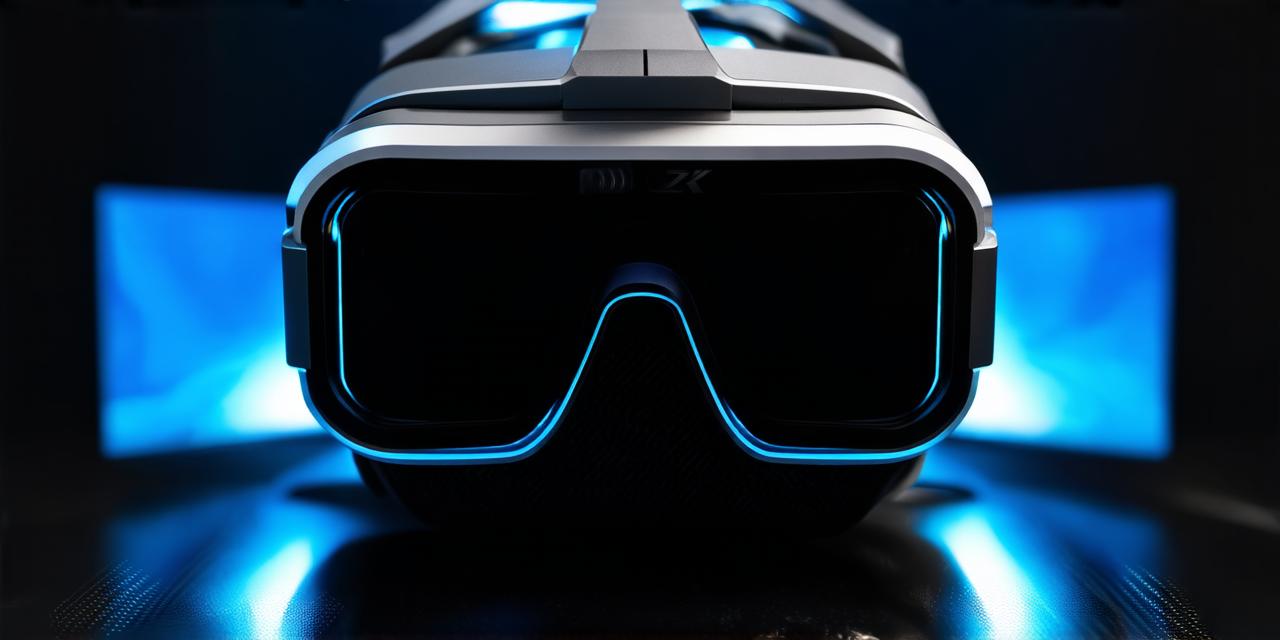Virtual reality (VR) technology is transforming the way we interact with digital content and each other. With VR headsets, users can immerse themselves in a simulated environment and experience the world as if they were really there. But how do these devices actually work? In this article, we will explore the inner workings of virtual reality headsets, from their components to their functions.
Understanding Virtual Reality Headsets
Virtual reality headsets are wearable devices that track the movements of the user and display a 3D image in front of their eyes. These headsets can be used for various purposes, such as gaming, training, education, and more.
Components of Virtual Reality Headsets
Virtual reality headsets have several components that work together to create an immersive experience for the user. The main components of a VR headset include:
- Display screens: These are the screens that display the 3D image in front of the user’s eyes.
- Sensors: These sensors track the movement of the user’s head and adjust the image accordingly.
- Headphones: These headphones provide audio feedback to the user, enhancing the immersive experience.
- Tracking system: This is a device that tracks the user’s movements and sends data to the computer or console.
Functions of Virtual Reality Headsets
Virtual reality headsets have several functions that make them useful for different purposes. The main functions of VR headsets include:
- Immersion: VR headsets create a simulated environment that immerses the user in a virtual world, allowing them to experience things as if they were really there.
- Interactivity: VR headsets allow users to interact with digital content in a realistic way, using hand gestures or controllers to control their actions.
- Training and education: VR headsets can be used for training and education purposes, allowing users to simulate real-world scenarios in a safe and controlled environment.
- Gaming: VR headsets are popular among gamers, providing an immersive gaming experience that is unlike anything else.
How Virtual Reality Headsets Work
Virtual reality headsets work by tracking the movement of the user’s head using sensors and adjusting the image accordingly. This process is known as “head-tracking.” Here’s a step-by-step breakdown of how VR headsets work:
- Sensors track the user’s head movement: The sensors on the VR headset track the user’s head movement using infrared technology or ultrasonic sensors. This data is sent to the computer or console.
- Computer or console processes the data: The computer or console receives the data from the sensors and uses it to adjust the image displayed on the screen.
- Display screens display the adjusted image: The display screens on the VR headset display the adjusted image, which appears to move in sync with the user’s head movement.
- Headphones provide audio feedback: The headphones on the VR headset provide audio feedback, enhancing the immersive experience.
- Tracking system tracks the user’s movements: The tracking system on the VR headset tracks the user’s movements and sends data to the computer or console. This data is used to adjust the image displayed on the screen.
Challenges of Virtual Reality Headsets
Virtual reality headsets are not without their challenges. Here are some of the main challenges faced by VR headset developers:
- Motion sickness: Some users may experience motion sickness when using VR headsets, especially if they have a history of motion sickness or if they are not used to the immersive experience.
- Comfort: VR headsets can be uncomfortable to wear for extended periods of time, especially if they do not fit properly or if the display screens are too close to the user’s eyes.
- Cost: VR headsets can be expensive, especially high-end models like the Oculus Rift and HTC Vive. This can make them inaccessible to some users.
- Limited content: There is currently a limited amount of content available for VR headsets, which can make it difficult for developers to create immersive experiences.
Real-Life Examples of Virtual Reality Headset Use
Virtual reality headsets are being used in a variety of industries and applications. Here are some real-life examples:
- Healthcare: VR headsets are being used in healthcare to treat conditions such as PTSD, anxiety disorders, and chronic pain. They can also be used for medical training and education purposes.
- Manufacturing: VR headsets are
